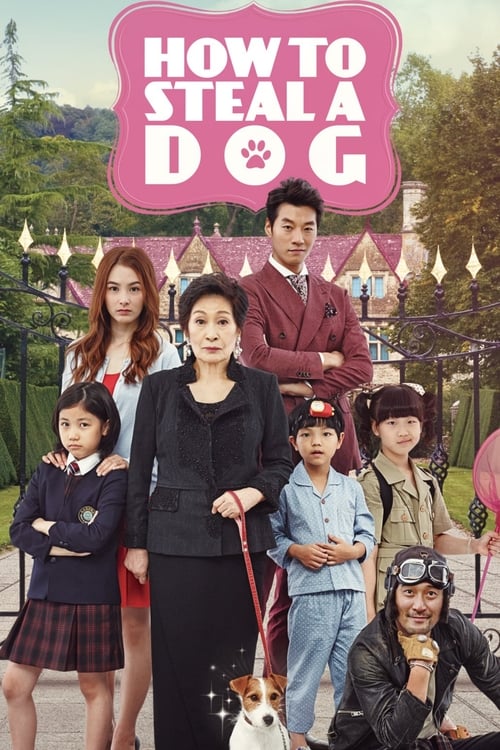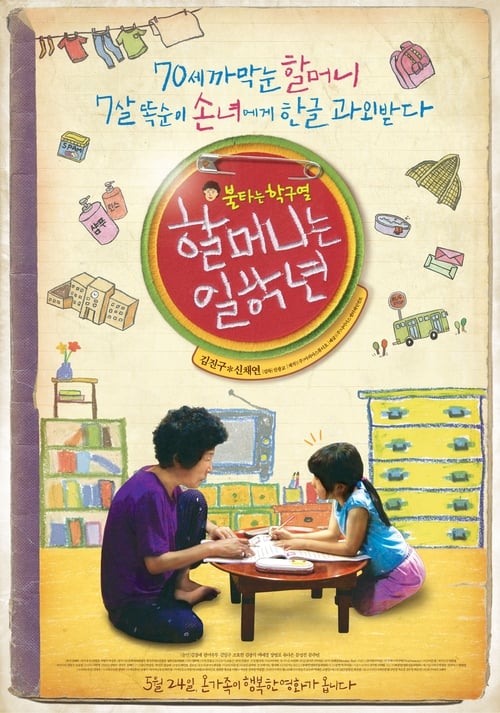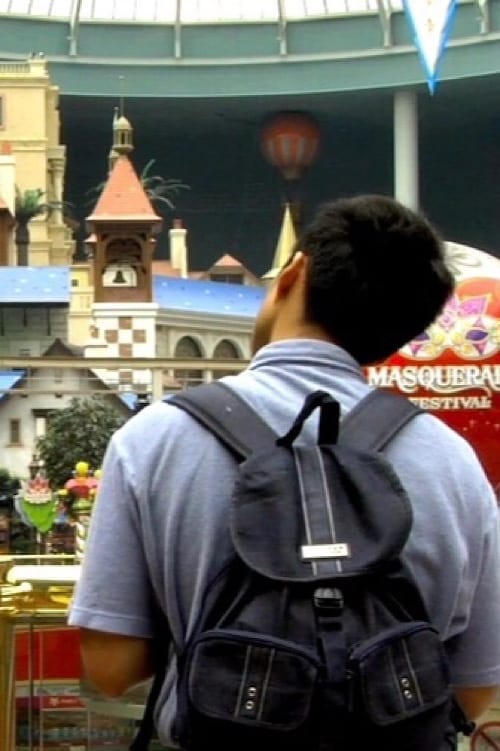
Ask Your Own Question
What is the plot?
What is the ending?
In the ending of "How to Steal a Dog," Georgina and her friends realize the consequences of their actions after they successfully steal a dog. They confront the emotional turmoil of their choices, leading to a resolution where they return the dog to its rightful owner. Georgina learns valuable lessons about family, friendship, and the importance of honesty.
As the film approaches its conclusion, the tension builds around Georgina's plan to steal a dog to help her family. The scene opens with Georgina, played by a young actress, feeling the weight of her family's financial struggles. Her mother is overwhelmed, and the family is on the brink of losing their home. This desperation drives Georgina to hatch a plan to steal a dog, believing that the reward money could save her family.
In the next scene, Georgina and her friends, including her loyal companion, embark on their mission. They spot a wealthy-looking dog, a golden retriever named "Lucky," and devise a plan to take him. The excitement is palpable as they sneak around, their hearts racing with the thrill of the heist. However, as they execute their plan, the reality of their actions begins to weigh on Georgina. She feels a mix of exhilaration and guilt, especially as she sees the dog's owner, a kind elderly man, searching for his lost pet.
As the story unfolds, Georgina's internal conflict deepens. She grapples with the morality of her actions, torn between her desire to help her family and the realization that stealing is wrong. The emotional stakes rise when she witnesses the elderly man's distress, which triggers a sense of empathy within her. This pivotal moment marks a turning point for Georgina, as she begins to understand the impact of her choices on others.
In the climax, Georgina and her friends are faced with the decision to return Lucky. The scene is charged with tension as they gather to discuss their next steps. Georgina's friends are hesitant, still caught up in the thrill of their plan, but Georgina's conscience pushes her to do the right thing. She ultimately decides to return the dog, leading to a heartfelt confrontation with the elderly man.
In the final scenes, Georgina approaches the man, her heart pounding. She explains everything, her voice trembling with honesty and regret. The man, surprised but understanding, forgives her, and they share a moment of connection that highlights the film's themes of compassion and redemption. Georgina's act of returning Lucky not only alleviates her guilt but also strengthens her character, showcasing her growth throughout the film.
As the credits roll, we see Georgina's family begin to heal from their struggles. The film closes on a hopeful note, with Georgina realizing that true strength lies in honesty and the bonds of family and friendship. Each character, including her friends and the elderly man, finds a sense of closure, having learned valuable lessons about kindness and integrity.
Is there a post-credit scene?
In the movie "How to Steal a Dog," there is no post-credit scene. The film concludes its narrative without any additional scenes or content after the credits roll. The story wraps up with the resolution of the main plot, focusing on the characters' growth and the lessons learned throughout their adventure. The absence of a post-credit scene allows the audience to reflect on the themes of family, friendship, and the moral implications of their actions without any further distractions.
What motivates Georgina to steal a dog?
Georgina, a young girl living in a struggling family, is motivated to steal a dog to help her mother pay their rent. She believes that if she can steal a dog and return it to its wealthy owner, they will receive a reward that can alleviate their financial troubles.
How does Georgina plan the dog theft?
Georgina devises a plan to steal a dog by observing the neighborhood and identifying a wealthy family with a valuable dog. She enlists the help of her friend, who provides support and encouragement, as they brainstorm ways to execute the theft without getting caught.
What role does the character of her mother play in Georgina's decisions?
Georgina's mother is a significant influence on her decisions, as she is depicted as overwhelmed by their financial struggles. Her mother's constant worry about their living situation drives Georgina to take drastic measures, including the plan to steal a dog, in hopes of providing some relief.
What challenges does Georgina face while trying to steal the dog?
As Georgina attempts to steal the dog, she faces several challenges, including the need to avoid detection by the dog's owner and the emotional conflict of her actions. She grapples with feelings of guilt and the fear of the consequences of her plan, which complicates her resolve.
How does Georgina's relationship with her friend evolve throughout the story?
Georgina's relationship with her friend evolves as they navigate the complexities of their plan. Initially, they share a sense of adventure and excitement, but as the reality of their actions sets in, tensions arise. Georgina's friend begins to question the morality of stealing a dog, leading to a rift that forces Georgina to confront her motivations and the impact of their scheme.
Is this family friendly?
"How to Steal a Dog," produced in 2014, is generally considered family-friendly, but it does contain some themes and scenes that may be sensitive for younger viewers or those who are particularly sensitive. Here are a few aspects to consider:
-
Family Struggles: The film explores themes of poverty and family hardship, which may be upsetting for some children. The main character, Georgina, faces challenges related to her family's financial situation.
-
Emotional Turmoil: There are moments of emotional distress, particularly related to the characters' feelings of abandonment and insecurity. Georgina's internal struggles with her family's situation may resonate deeply and evoke feelings of sadness.
-
Pet Theft Concept: The central plot revolves around the idea of stealing a dog, which could be troubling for some viewers, especially younger children who may not fully understand the moral implications of such actions.
-
Conflict and Tension: There are scenes that involve conflict between characters, which may create tension. This includes misunderstandings and disagreements that could be distressing for sensitive viewers.
-
Consequences of Actions: The film addresses the consequences of the characters' decisions, which may lead to moments of anxiety or concern about the outcomes of their actions.
Overall, while the film has a heartwarming message about family and friendship, parents may want to discuss these themes with their children to provide context and support.





























